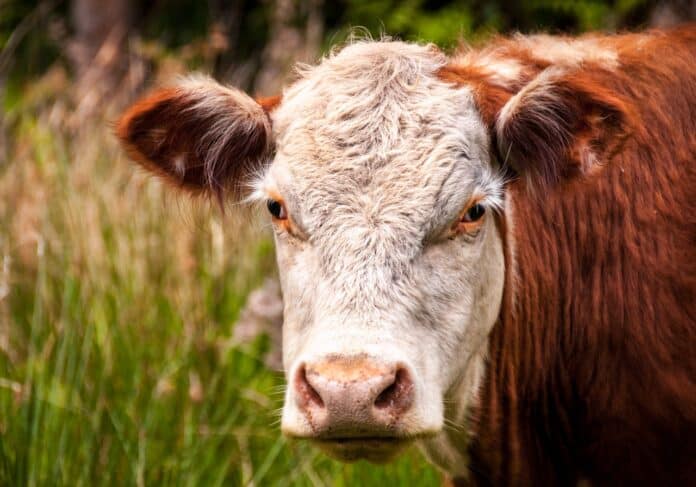STOCKTON, Mo. – “Proper management of cool season pastures and incorporation of summer annuals is key to a successful summer cattle grazing season,” says Patrick Davis MU Extension Regional Livestock Field Specialist. Efficient year-round cattle grazing is important for optimum cattle operation profitability. Davis will discuss forage and cattle management strategies that can lead to a successful summer grazing season.
“Strive to keep cool season pastures vegetative,” says Davis. During the grazing season, cool season grass heights should range between 4 to 8 inches. During the summer months, cool season forages will sometimes exceed this range or seed heads will start to develop. Forage in this growth stage is low quality and will not provide optimum cattle grazing intake and performance. Davis urges cattle producers to clip or mow pastures that are too tall or if seed heads are emerging to reset the pastures which allows for high quality cool season forage regrowth.
“Rest period is also important for proper forage growth during the grazing season,” says Davis. Rest period allows forages to grow to optimum height prior to the next grazing period and gives plants the opportunity to replenish energy reserves. These two factors help ensure high forage intake and plant persistence. Davis urges cattle producers to develop a rotational grazing system in order to better manage the rest period. “Also, cattle producers may need longer rest periods in the summer months compared to the spring months for proper pasture regrowth,” says Davis.
“Seed summer annuals now to strengthen the summer grazing rotation,” says Davis. Crabgrass, pearl millet, and sudangrass are summer annuals that can be seeded now and grazed in the summer months to fill in the cool season grass slump. Davis urges cattle producers to checkout MU Extension Guide Sheet G4661 as well as visit with your local MU Extension agronomy field specialist to discuss proper seeding and establishment of these summer annuals.
“Begin grazing crabgrass at 8 to 10 inches and don’t graze lower than 3 inches,” says Davis. Crabgrass can typically be grazed approximately 30 to 45 days after planting.
“Begin grazing sudangrass at a height of greater than 24 inches to prevent prussic acid poisoning in cattle,” says Davis. Since pearl millet does not cause prussic acid poisoning in cattle, begin grazing it at a height range between 18 to 30 inches. Do not graze either of these forages below 10 inches. Both of these forages can typically be grazed 45 to 60 days after planting.
“Nitrate toxicity can be an issue with sudangrass and pearl millet during summer drought,” says Davis. Contact your local MU Extension livestock regional field specialist for cattle and forage management strategies to reduce potential nitrate toxicity issues.
For more info or questions on how to manage your forage program for a successful summer cattle grazing season contact your local MU Extension Agronomy and Livestock Field Specialists.















